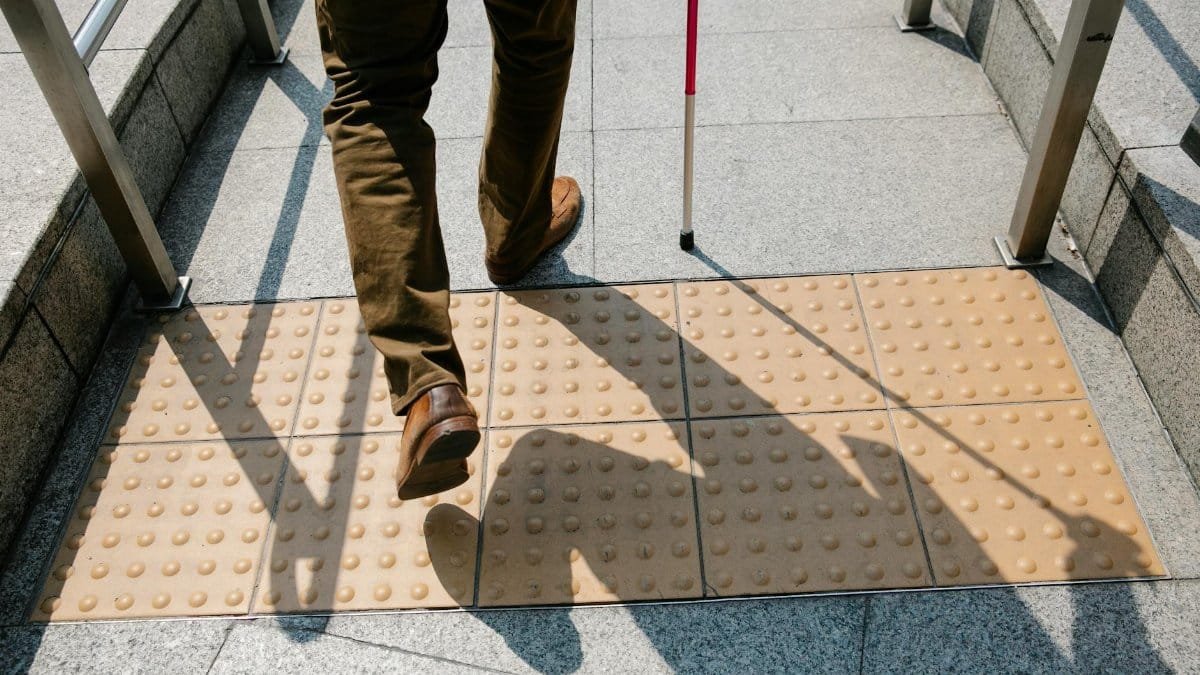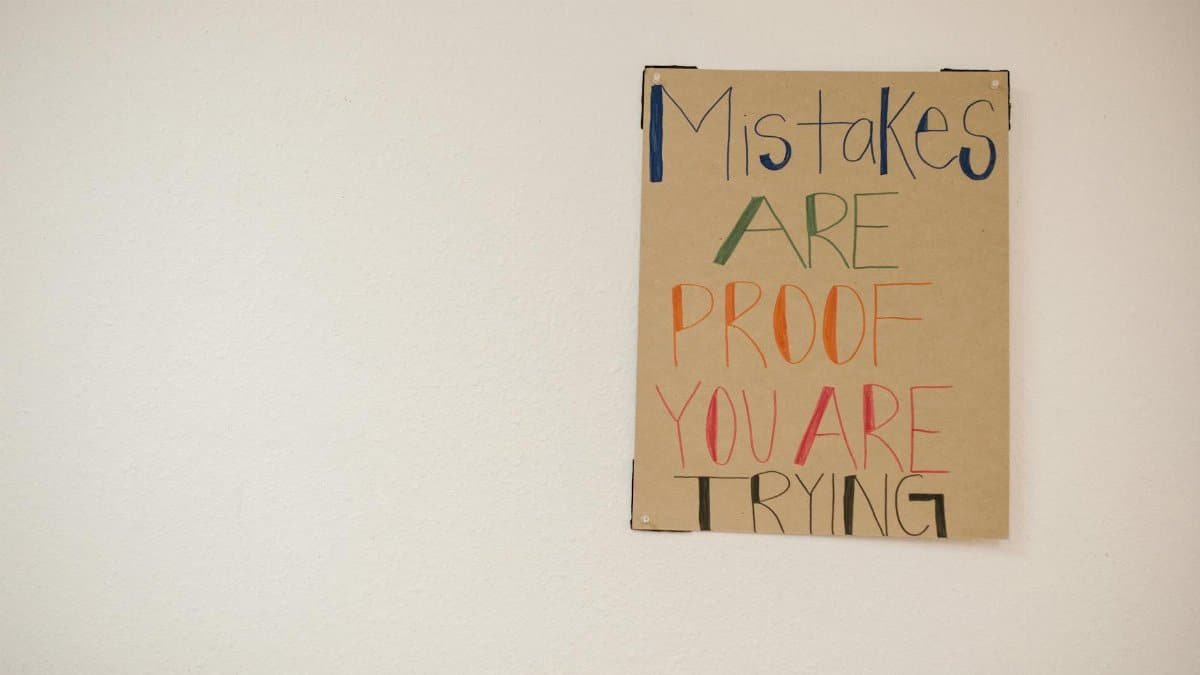In a nation where remote work has become the norm, a staggering 60% of U.S. office workers report chronic shoulder tension, according to recent surveys. Enter the elbow roll wake, a swift 8-second maneuver that’s gaining traction as a game-changer for desk-bound professionals. This simple circular motion targets stiff shoulders, promoting better posture and reducing pain without needing fancy equipment. As more Americans juggle home offices in 2025, experts say techniques like this are essential for maintaining productivity and health. But does it really work? We break it down.
What Is the Elbow Roll Wake?

The elbow roll wake is essentially a quick shoulder exercise designed to release built-up tension. You start by standing or sitting tall, then gently rolling your elbows in small circles, forward and backward, for about eight seconds. It’s rooted in basic yoga principles but simplified for everyday use. Fitness trainers describe it as a micro-stretch that awakens dormant muscles, improving circulation and flexibility. With remote work on the rise, this move addresses common issues like hunched postures from endless Zoom calls. It’s straightforward, requiring no prior experience, making it accessible for beginners.
Why Shoulders Need Waking Up in 2025

Shoulder tension is rampant among U.S. workers, especially with the shift to hybrid models. A study from the American Physical Therapy Association highlights how prolonged screen time leads to tightness in the upper body. In 2025, as companies continue flexible arrangements, millions face daily discomfort. The elbow roll wake counters this by encouraging movement breaks, which can prevent long-term issues like rotator cuff strain. Experts note that even brief interventions like this boost endorphins, helping maintain focus during long workdays. It’s a small step with big potential for overall well-being.
Step-by-Step Guide to the 8-Second Move

Ready to try it? Stand with feet shoulder-width apart. Relax your arms at your sides. Lift your elbows out to the sides, keeping hands loose. Now, make small forward circles with your elbows for four seconds, then reverse for another four. Breathe deeply throughout. That’s it. Repeat as needed, ideally every hour during work. This routine fits seamlessly into breaks, and users often feel immediate relief. Trainers recommend pairing it with deep breaths to enhance relaxation effects.
Benefits Backed by Science

Research supports the power of such micro-movements. A report from the CDC’s Ergonomics page emphasizes how short stretches reduce musculoskeletal disorders. In one study, participants who incorporated similar rolls saw a 25% drop in shoulder pain after consistent use. For remote workers, this means fewer headaches and better sleep. It’s not just anecdotal; data shows improved blood flow to the area, aiding recovery from daily strain. Integrating it into routines can lead to sustained posture improvements over time.
Common Mistakes to Avoid

Don’t rush the motion; jerky rolls can cause more harm. Keep circles small to target the right muscles without overextending. Avoid tensing your neck, which defeats the purpose. Beginners sometimes forget to breathe, missing out on relaxation benefits. If you have existing injuries, consult a doctor first. Proper form ensures maximum effectiveness, turning this quick fix into a reliable tool against tension.
Real-Life Success Stories

Take Mark Thompson, a New York-based accountant who battled shoulder aches from 10-hour desk days. After adopting the elbow roll wake, he reported feeling looser within a week. “It’s like hitting reset,” he said. Similar tales emerge from online forums, where users share how it eases remote work woes. In bustling cities like Los Angeles, yoga instructors incorporate it into classes, praising its efficiency. These accounts underline its practicality for busy lifestyles.
Integrating It Into Daily Life

Slip the elbow roll wake into your routine effortlessly. Do it during coffee breaks or between emails. For desk setups, combine with ergonomic adjustments like monitor height. Apps can remind you to stretch, ensuring consistency. In 2025, with wellness apps booming, tracking such habits becomes easier. Families can even do it together, promoting household health. The key is regularity, transforming a simple roll into a habit that combats sedentary effects.
Expert Opinions on Its Rise

Physical therapists are buzzing about moves like this. Dr. Elena Ruiz, from the American Physical Therapy Association’s stretching resources, notes, “Quick interventions prevent chronic issues.” With U.S. health trends leaning toward preventive care, the elbow roll wake fits perfectly. It’s low-barrier, appealing to those avoiding intense workouts. As awareness grows, expect more workplaces to promote it in wellness programs.
When to Seek Professional Help

While effective for mild tension, persistent pain warrants expert advice. If rolls exacerbate discomfort, stop and see a specialist. Conditions like arthritis may require tailored approaches. In the U.S., resources abound, from telehealth to local clinics. Pairing this with professional guidance ensures safe practice, maximizing benefits without risks.
